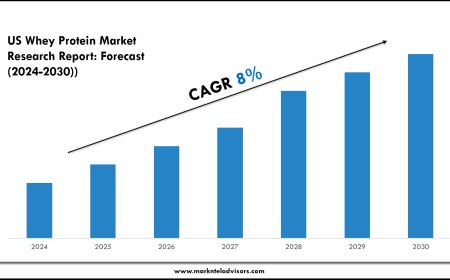how to check credit score
alex Oct 24, 2025 1
how to file income tax return
alex Oct 24, 2025 1
how to open a savings account online
alex Oct 24, 2025 1
how to update address in aadhar
alex Oct 24, 2025 1
how to create nodejs project
alex Oct 24, 2025 1
Top 10 Tips for Writing Compelling Copy
alex Oct 24, 2025 1
Top 10 Best Video Conferencing Tools
alex Oct 24, 2025 1
Top 10 Ways to Learn Coding for Beginners
alex Oct 24, 2025 1
Top 10 Tips for Launching a Successful Startup
alex Oct 24, 2025 1
Top 10 Ways to Improve Your Work Environment
alex Oct 24, 2025 1
Does Mutual Fund Software Make Client Onboard...
alex Jul 14, 2025 2
Opendoor Customer Care Number | Toll Free Number
alex Oct 25, 2025 2
Vrbo (Expedia) Customer Care Number | Toll Fr...
alex Oct 25, 2025 2
Airbnb Customer Care Number | Toll Free Number
alex Oct 25, 2025 2
Marriott tech groups (hospitality tech) Custo...
alex Oct 25, 2025 2
Kayak (Booking) Customer Care Number | Toll F...
alex Oct 25, 2025 1































